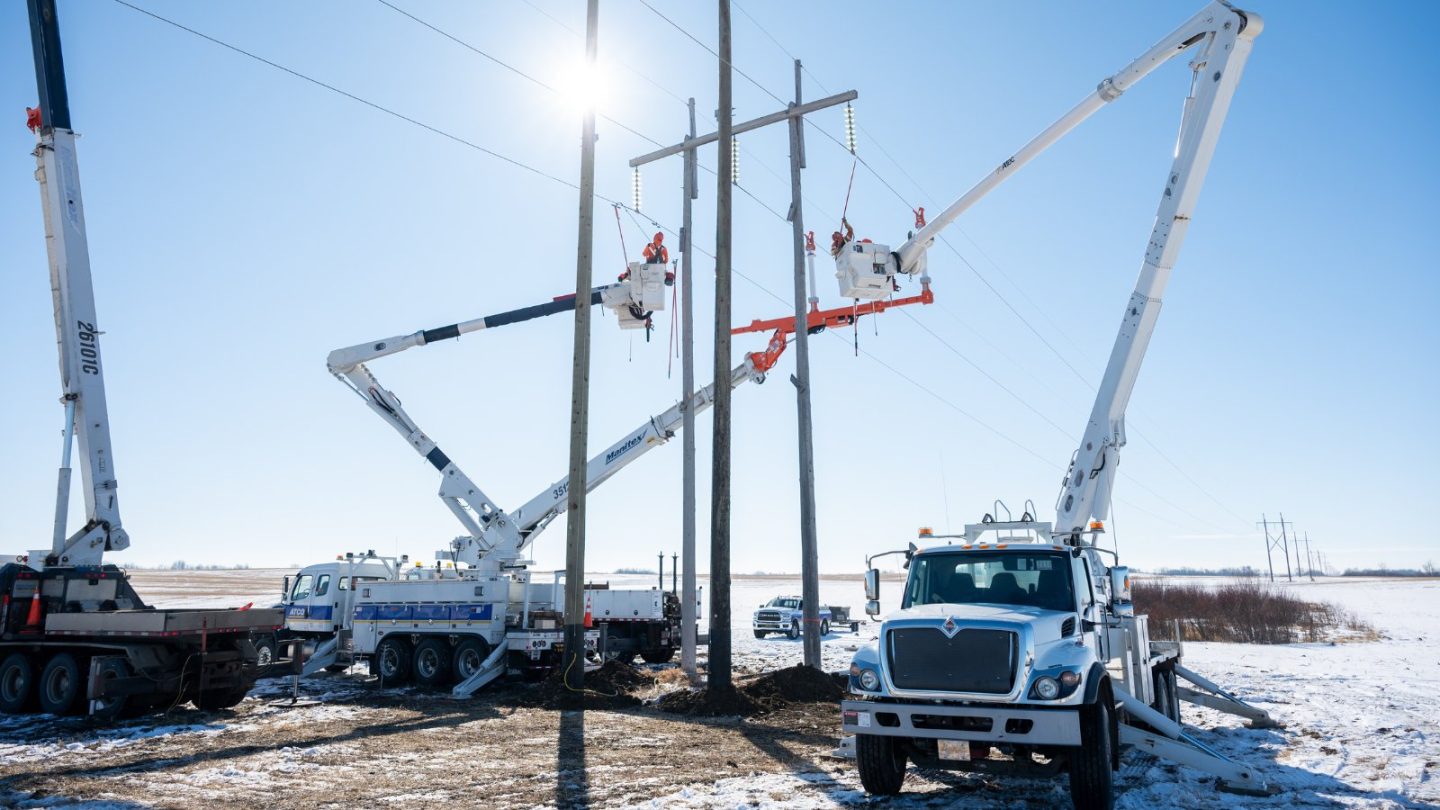Alberta is at risk of power outages by the mid-2030s as a result of the federal government’s Clean Electricity Regulations (CER), says a new report by the Alberta Electric System Operator (AESO).
The AESO’s analysis found the new regulations, which came into effect on January 1, will make the province’s electricity system more than 100 times less reliable by 2038.
Alberta has already reduced emissions from electricity production by 59 per cent since 2005 without the CER, according to the federal government’s national emissions reporting.
The finalized CER in December 2024 pushed out the federal government’s target of a net zero power grid from 2035 to 2050, but the AESO said the costs of the regulation continue to outweigh its minimal environmental benefit.
The CER essentially mandates the rapid and widespread adoption of technologies that remain under development or have not been commercially tested in Alberta, the AESO said.
This includes nuclear, large-scale hydroelectric generation, natural gas generation with carbon capture and storage, and hydrogen generation.
Due to restrictions on natural gas generation, the AESO forecasts an additional $30 billion in capital and operational costs between now and 2049.
The regulations will have high costs for Albertans, increasing wholesale electricity prices by 35 per cent above what they otherwise would be, the AESO said.
Along with potential reliability and affordability issues, the regulations will result in less than one million tonnes of emissions reduced annually, according to AESO.
“The significant cost that the CER will impose on Alberta’s electricity system for minimal emissions reductions means the regulation is inefficient and ineffective,” the AESO said.
“The threat to reliability resulting from the CER means that the regulation puts Alberta’s electricity grid at significant risk for little to no benefit.”
The unaltered reproduction of this content is free of charge with attribution to the Canadian Energy Centre.
